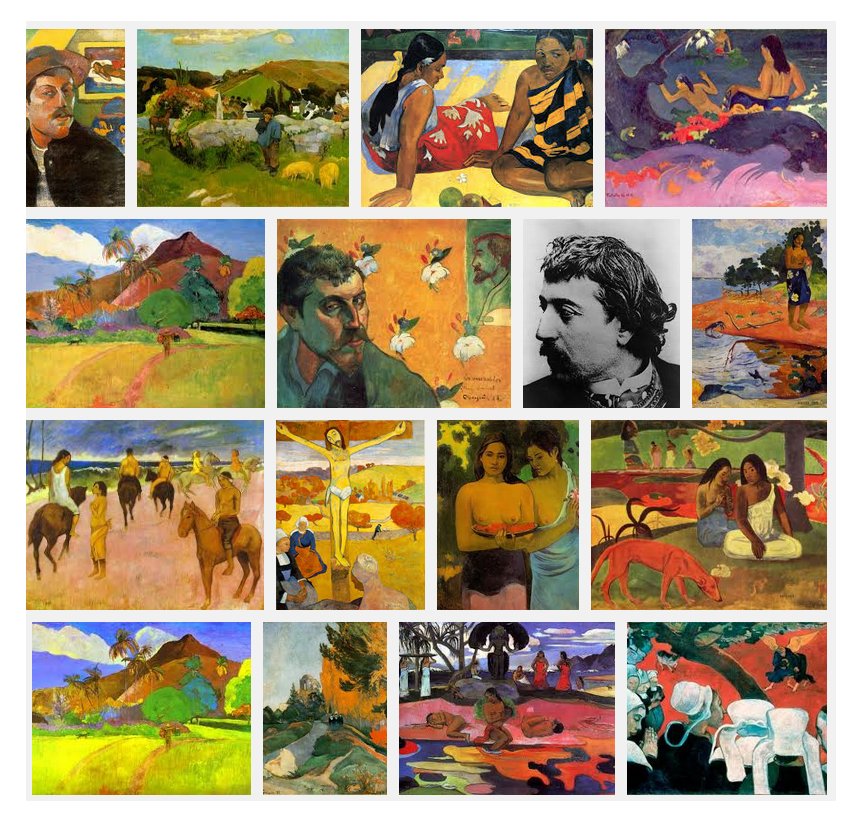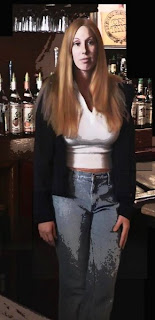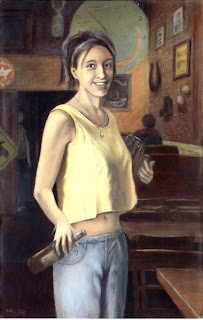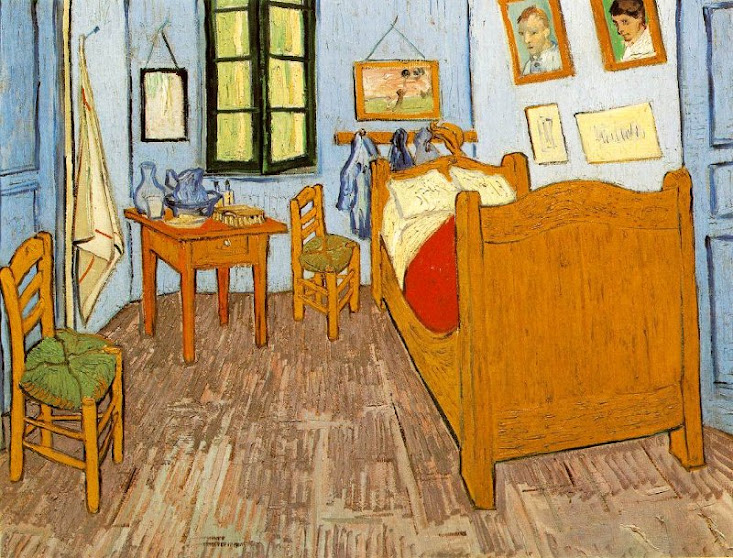Paul Gauguin
Paul Gauguin is another early
"traditional-modern" painter. He maintained a lot of the
impressionist ideas of motif; i.e., art relating to, in the 19th
century , "modern" outlooks on the real world, but with his own
post-impressionist style. "Modern" here is in contrast to
pre-impressionist art, which was so often (but not always) so
banal.
From Wikipedia, the free encyclopedia...
"Eugène Henri Paul Gauguin ... was a leading French
Post-Impressionist artist who was
not well appreciated until after his death. Gauguin was later
recognized for his experimental use of colors and synthetic style
that were distinguishably different from Impressionism. His work was
influential to the French avant-garde and many modern artists, such
as Pablo Picasso and Henri Matisse ..."
Gauguins art encompassed a wide variety of motif (see thumbnails
below), I am showing here a few of his Tahitian pictures.
When
will
you marry?
(Tahitian:
Nafea
faa ipoipo?) 1892
"... the front figure indulges in dreamy fantasies, the rear
figure is imbued with something rigid and rule-bound. The
front woman stretches herself, her facial features stylized
and simplified. The rear female figure ... face is painted
with individual features and represents the center of the
image. ..."
I sometimes (almost always???) think that art academics get
carried away... To me, as a painter, and with a son and
daughter, this could more basic; there is mom, or aunt, and
daughter; daughter looks like daughter, mom looks like mom,
neither of them really are sure they want to be sitting
there getting painted.
Gauguin apparently was very mercurial, full of ups and
downs, maybe mostly downs. Many of his pictures seem
to reflect Gauguin, in this way; not necessarily those being
painted.
|
Tahitian
Women
on the Beach
Two Tahitian Women
|
 |
Concerning Gauguin's impact on Picasso John
Richardson wrote,
"The 1906 exhibition of Gauguin's work left Picasso
more than ever in this artist's thrall. Gauguin
demonstrated the most disparate types of art—not to
speak of elements from metaphysics, ethnology,
symbolism, the Bible, classical myths, and much else
besides—could be combined into a synthesis"
|
His self-portraits are obviously how he wants to see
himself. One thing I find interesting is how often his
other portraits look sort of like Gauguin; this is
actually quite noticeable for many other artists also.
He also did a lot of paintings and art having to do with his
notions of religious and mystic symbolism; this stuff is
highly rated by art historians and critics, but I myself am
not a believer in that kind of art...
|
|










